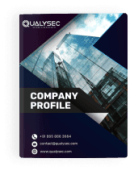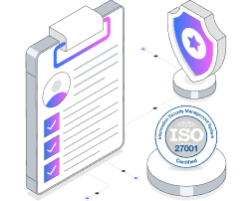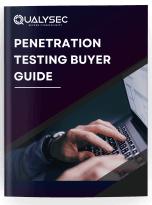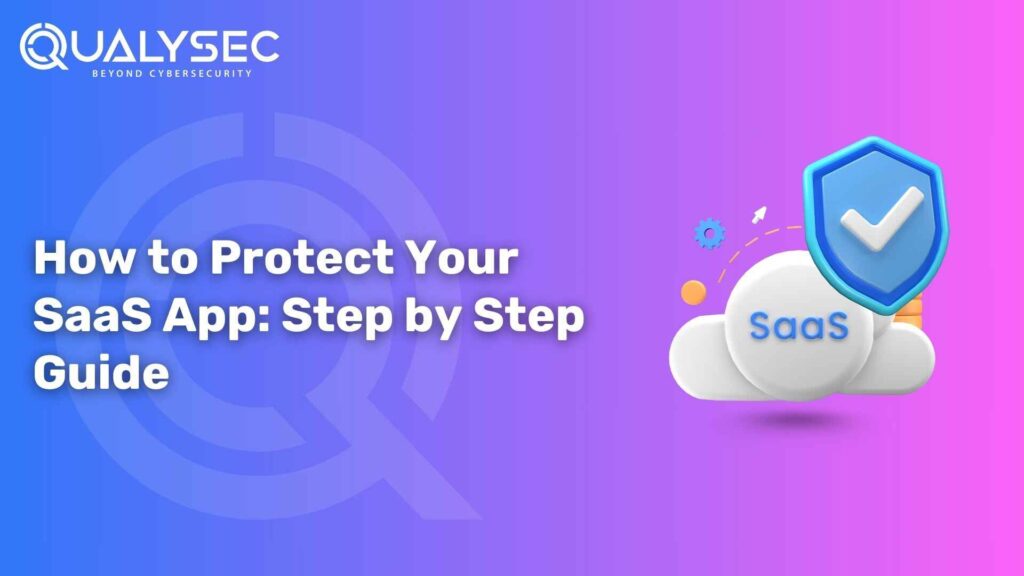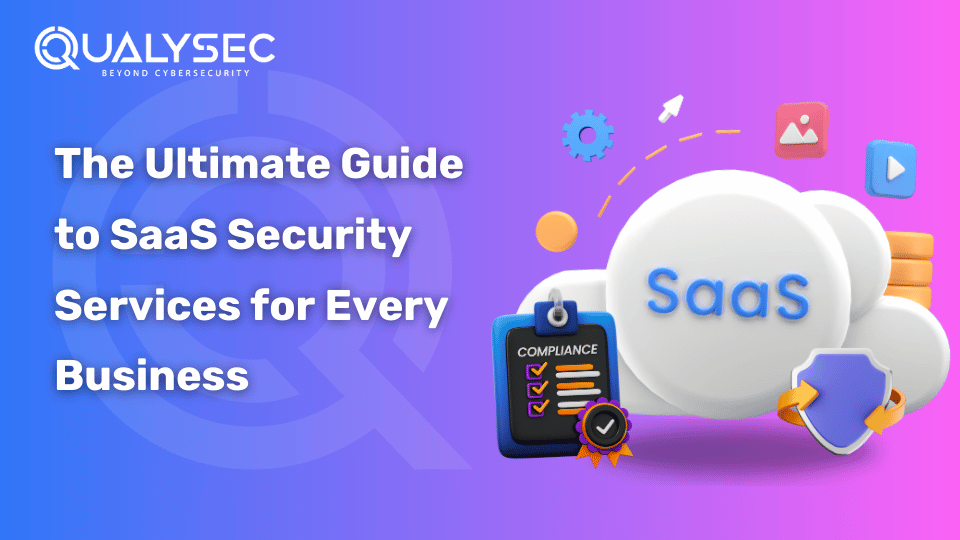How to Protect Your SaaS App: A Step-by-Step Guide
With increasing numbers of companies using Software as a Service (SaaS) applications, there is a need for proper security to ensure operation integrity, safeguard confidential information, and ensure customer trust. SaaS applications are hosted over cloud infrastructure and store, process, and communicate data on various networks and devices. All this vast accessibility with its unprecedented convenience and scalability comes with the whole list of vulnerabilities over which cybercriminals feed actively. Following SaaS Security Best Practices is essential to address these risks effectively. The Evolving Threat Environment SaaS applications are some of the most desired cyber attack resources because they handle massive amounts of individual, monetary, and business-confidential information. Sophisticated threats like phishing, ransomware, API attacks, and insider attacks are embraced by cyber attackers to execute unauthorized computer access. Security compromises can be economically crippling, including: “Explore our comprehensive guide to SaaS Application Security. Why a Strong Security Framework is Important? Robust security infrastructure protects your SaaS application from both external and internal attacks. This includes multiple layers of security like authentication controls, encryption practices, network security, and active monitoring. Some of the key security advantages are: “Get started with SaaS Application Security Testing, learn more now. Security: an Ongoing Process Cyber attacks continue to change by the day, and security as a result is not an installation but a process. Organizations must remain one step ahead in their effort to provide a level of security through the constant undertaking of frequent security audits, remaining up-to-date with the latest threat intelligence, and practising security best practices at each stage of development. This guide presents a step-by-step solution to securing your SaaS application, including the most important SaaS security best practices such as strong authentication procedures, data encryption, network security, monitoring at regular intervals, regulation compliance, user authentication, and periodic security scanning. If organizations adhere to these best practices, they will remain ahead of current cyber attacks and enjoy a secure SaaS environment which is long-term successful and reliable. SaaS Security Best Practices You Need to Know Step 1: Have Strong Authentication and Authorization Multi-Factor Authentication (MFA) – Passwords should not be depended on to secure user accounts because they are easy to break or get hacked. Implementing MFA provides additional security using two or more factors of authentication, which are: Google implemented MFA as a necessity for high-risk accounts and witnessed a 50% drop in account takeovers. Google was able to elevate the security of the users to a considerable degree without hurting usability with security keys and one-time passwords. Role-Based Access Control (RBAC) – RBAC provides access only by data and capabilities required to support users in performing their work activity. RBAC puts insider threats and unauthorized disclosure of information at arm’s length. Key RBAC practices: “Recommended: A Complete Guide to SaaS Security Assessment. Step 2: Data Transit and Storage in a Safe Mode End-to-End Encryption – Encryption makes data inaccessible to unauthorized individuals while in transit and also where it resides: Secure API Communication – APIs are the entrance points into SaaS apps and thus the gateways to be breached. Secure API communications with: Step 3: Application Security and Network Security Secure Coding Practices – Security best practices must be applied by developers at every stage of the software development process: Web Application Firewall (WAF) – WAF secures SaaS applications against cyber attacks like: Step 4: Monitoring and Response to Security Threats Continuous Security Monitoring – Security monitoring tools assist in the detection of threats in real-time: Incident Response Plan – Preparation in advance allows organizations to respond appropriately to the cyber incidents: Step 5: Get Compliance and Regulation Compliance Compliance Models – Security Awareness Training – Step 6: Continuous Security Scanning and Updating Vulnerability Scanning and Penetration Testing – Automated Security Patching – “Check out our guide on SaaS Application Penetration Testing. Latest Penetration Testing Report Download How do you build strong and lasting security for your SaaS app? Securing a SaaS application is not a one-time exercise but a periodic exercise performed at periodic intervals and needs multi-layered protection. From providing robust authentication features and secure encryption to network security, real-time monitoring, and periodic security audits, all of that comes under security needs to be mapped and updated periodically to combat continuous cyber-attacks. A good security plan not only protects sensitive information but also helps companies with regulatory compliance, financial loss prevention, and long-term customer trust. As the companies witness increased sophisticated cyberattacks, they must implement smart security practices like threat detection using the support of artificial intelligence, anomaly detection using machine learning, and zero-trust architecture in an attempt to outsmart the cyberattackers. Apart from this, security must be integrated across all stages of the SDLC so that software is coded securely and not patching for vulnerability as an afterthought. Such a shift-left methodology enables the detection of threats early, swift mitigation, and cost-efficient deployment of security. With practices such as SaaS Security Best Practices like regular penetration testing, multi-factor authentication (MFA), role-based access controls (RBAC), and industry compliance (e.g., GDPR, HIPAA, SOC 2), companies can have a solid base of security without hindering business and securing the users. Talk to our Cybersecurity Expert to discuss your specific needs and how we can help your business. Schedule a Call Final Thoughts Cyber attacks change continually, and security controls change along with them. Organizations employing an end-to-end security approach and following SaaS Security Best Practices will be best suited to protect their SaaS applications from compromise and deliver a secure, seamless user experience. Organizations can keep their SaaS applications safe from possible risk when they innovate, expand, and deliver the best-of-breed software experience to clients through adoption of the security measures outlined in this book. Reach out to Qualysec for complete SaaS app security.
